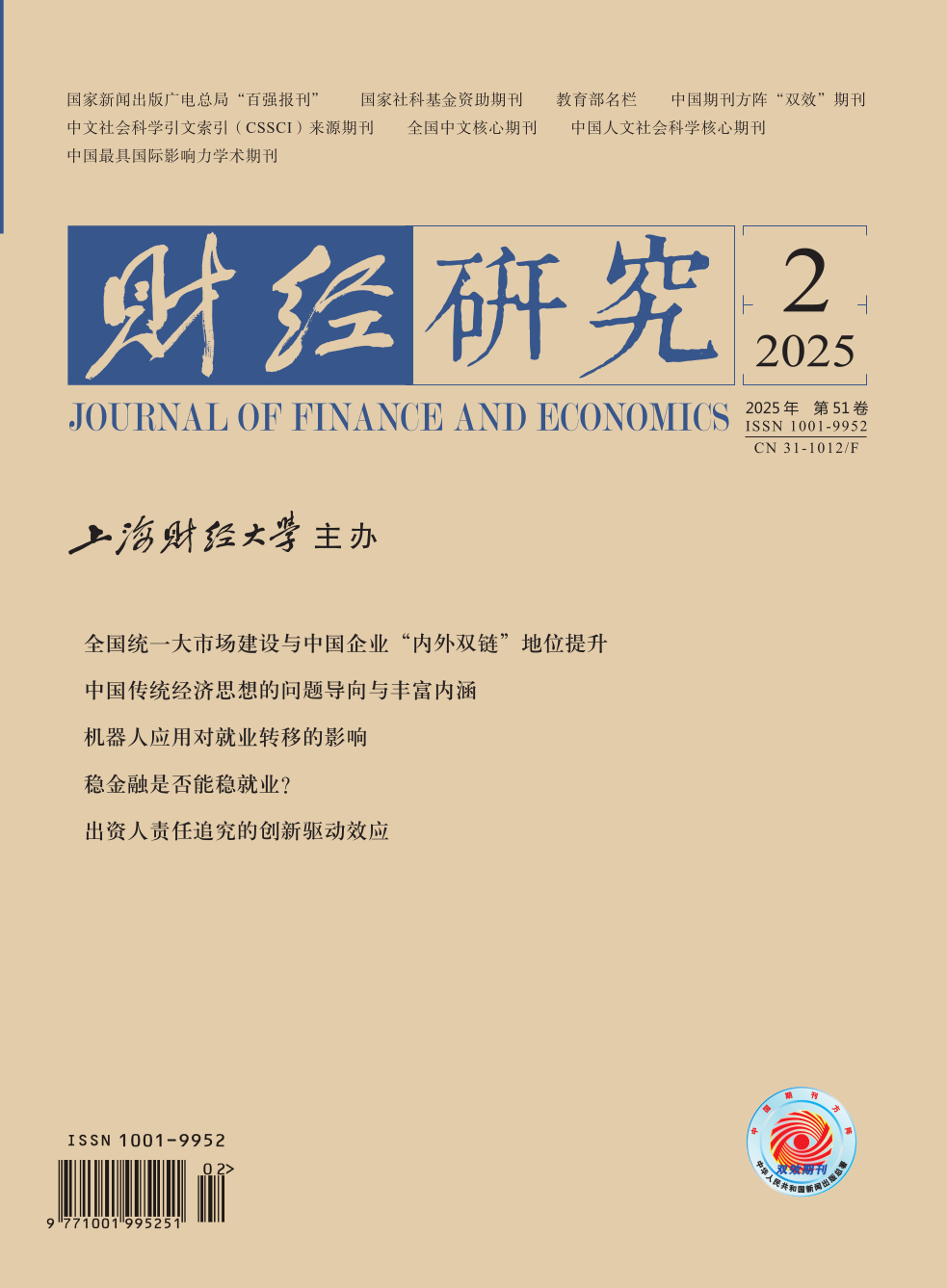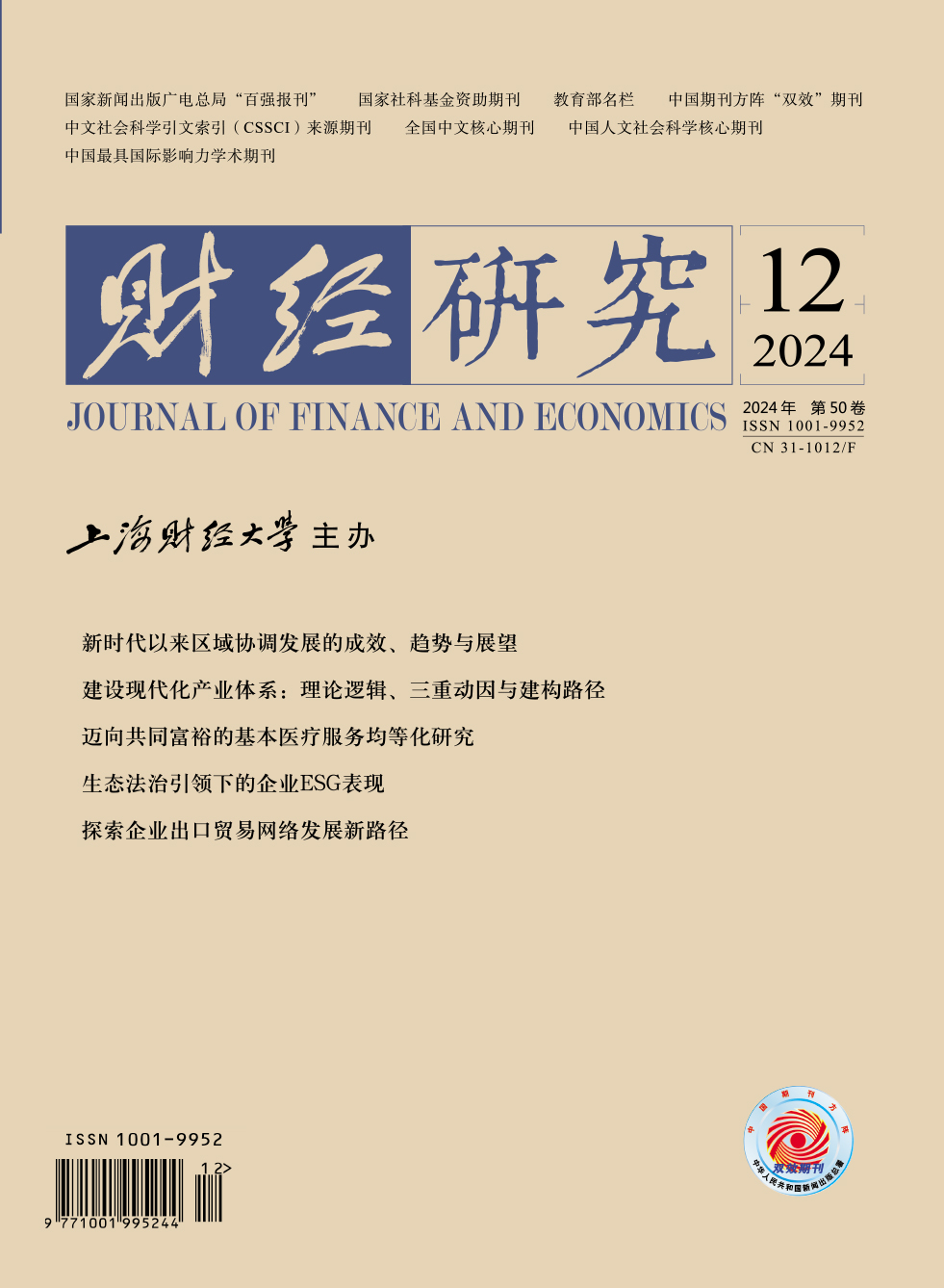As international trade evolves beyond the traditional high-growth mode, cross-border e-commerce has emerged as a powerful driver of global commerce. By leveraging digital technologies and innovative platforms, it offers distinct advantages such as expanding export markets, diversifying product offerings, and lowering trade costs, becoming an essential pillar in stabilizing and reinforcing the foundation of foreign trade.
This paper utilizes data from the CEPII-BACI database, China Customs, and the China Industry Business Performance Database, along with cross-border e-commerce-related data, to evaluate the impact of cross-border e-commerce on the export trade network intensity of Chinese enterprises using a DID model. The findings reveal that cross-border e-commerce significantly enhances the export trade network intensity of Chinese industrial enterprises, with a more pronounced effect observed among ordinary trade enterprises, homogeneous export products, and export markets with a lower level of industrial development. Mechanism testing demonstrates that cross-border e-commerce strengthens trade networks by reducing trade costs, optimizing export product structures, and adjusting export market portfolios, thereby building more robust export trade networks. Furthermore, the study highlights the synergistic effect of digital trade rules and cross-border e-commerce in reinforcing trade networks, as well as the positive role of cross-border e-commerce in facilitating the recovery and resilience of export trade networks after the crisis.
The contributions of this paper are as follows: First, it expands the research on the trade effect of cross-border e-commerce, offering a new perspective for addressing the practical challenges posed by heightened external risks in export trade. Second, it examines enterprises’ export behavior by integrating both direct and indirect trade linkages, enabling the development of an indicator to measure the intensity of export trade networks. Third, it excavates the change of export costs in the form of cross-border e-commerce trade, as well as the dynamic decision of the trade-off between cost efficiency and risk diversification demand.





 1071
1071  686
686

